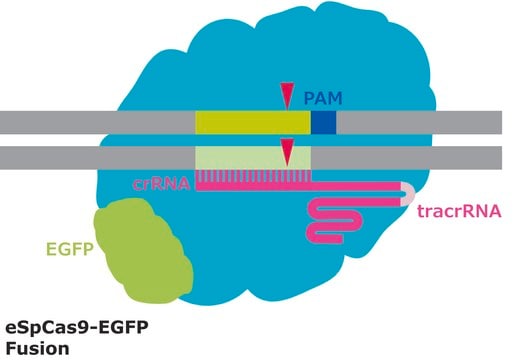P6487
Anti-Purinergic Receptor P2Y1 antibody produced in rabbit
affinity isolated antibody, lyophilized powder
Sign Into View Organizational & Contract Pricing
All Photos(2)
About This Item
UNSPSC Code:
12352203
NACRES:
NA.41
Recommended Products
biological source
rabbit
Quality Level
conjugate
unconjugated
antibody form
affinity isolated antibody
antibody product type
primary antibodies
clone
polyclonal
form
lyophilized powder
species reactivity
human, rat
technique(s)
immunohistochemistry: suitable
western blot: suitable
UniProt accession no.
storage temp.
−20°C
target post-translational modification
unmodified
Gene Information
human ... P2RY1(5028)
rat ... P2ry1(25265)
General description
Purinergic Receptor P2Y1 is a member of G protein-coupled receptors. The P2Y1 gene is mapped to human chromosome 3q25.2. It is present in the heart, blood vessels, prostate, testis, ovary, and neural tissue.
Immunogen
synthetic peptide corresponding to residues 242-258 of rat or human P2Y1.
Application
Anti-Purinergic Receptor P2Y1 antibody produced in rabbit has been used in western blotting1:200 and immunohistochemistry at a dilution of 1:50.
Biochem/physiol Actions
Purinergic Receptor P2Y1 acts as a receptor for extracellular ATP and ADP. It is essential for ADP-induced platelet activation, aggregation, and thrombosis. P2Y1 also participates in endothelial cell-based nucleotide-induced relaxation and in calcium mobilization. It serves as a potential target for the generation of new antiplatelet compounds and anti-inflammatory strategies.
Physical form
Lyophilized from phosphate buffered saline, pH 7.4, 1% bovine serum albumin and 0.05% sodium azide.
Disclaimer
Unless otherwise stated in our catalog or other company documentation accompanying the product(s), our products are intended for research use only and are not to be used for any other purpose, which includes but is not limited to, unauthorized commercial uses, in vitro diagnostic uses, ex vivo or in vivo therapeutic uses or any type of consumption or application to humans or animals.
Not finding the right product?
Try our Product Selector Tool.
Certificates of Analysis (COA)
Search for Certificates of Analysis (COA) by entering the products Lot/Batch Number. Lot and Batch Numbers can be found on a product’s label following the words ‘Lot’ or ‘Batch’.
Already Own This Product?
Find documentation for the products that you have recently purchased in the Document Library.
Shara Khan et al.
Diabetologia, 57(12), 2535-2545 (2014-09-12)
There is evidence that ATP acts as an autocrine signal in beta cells but the receptors and pathways involved are incompletely understood. Here we investigate the receptor subtype(s) and mechanism(s) mediating the effects of ATP on human beta cells. We
Milka Koupenova et al.
Frontiers in pharmacology, 9, 37-37 (2018-02-15)
Platelets are small anucleated cells present only in mammals. Platelets mediate intravascular hemostatic balance, prevent interstitial bleeding, and have a major role in thrombosis. Activation of platelet purinergic receptors is instrumental in initiation of hemostasis and formation of the hemostatic
J Simon et al.
Acta biologica Hungarica, 54(2), 191-201 (2003-10-11)
Since the first identification of P2Y receptor sequences in 1993, it has quickly become apparent that this family of the G-protein coupled receptors is very diverse. Members of this receptor family are activated extra-cellularly by a wide variety of adenosine
Anna Wilkaniec et al.
Purinergic signalling, 13(3), 347-361 (2017-05-19)
Abnormalities of alpha-synuclein (ASN), the main component of protein deposits (Lewy bodies), were observed in Parkinson's disease (PD), dementia with Lewy bodies, Alzheimer's disease, and other neurodegenerative disorders. These alterations include increase in the levels of soluble ASN oligomers in
Agnete Kirkeby et al.
Thrombosis and haemostasis, 99(4), 720-728 (2008-04-09)
The haematopoietic hormone erythropoietin (EPO) has neuroprotective properties and is currently being explored for treatment of stroke and other neurological disorders. Short-term, high-dose treatment with EPO seems to improve neurological function of stroke patients but may be associated with increased
Our team of scientists has experience in all areas of research including Life Science, Material Science, Chemical Synthesis, Chromatography, Analytical and many others.
Contact Technical Service





